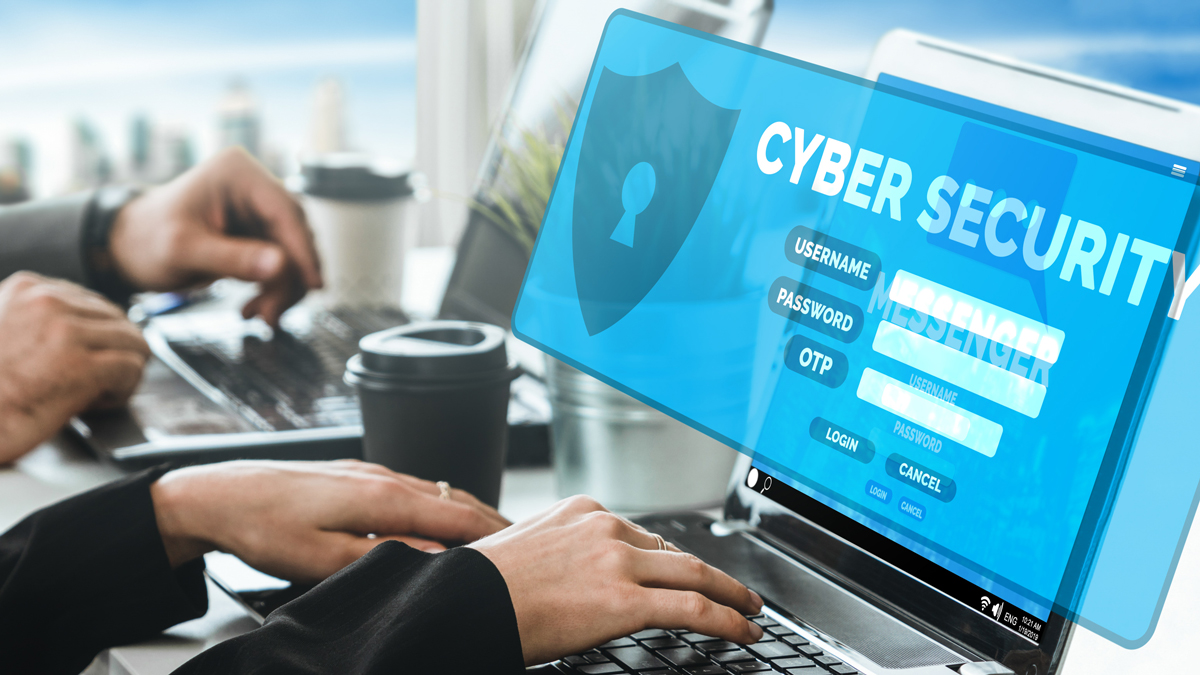
All businesses are prone to cyberattacks; unfortunately, they are inevitable. However, how you handle them determines the level of damage that will occur, if any at all. It’s crucial for any business to take preventative and protective measures against potential cyberattacks. Any business’s cyber systems contain many sensitive organizational, client, and employee data. Whether these cyber-attacks stem from random malware and threats, or competitors, who will surely find this information useful, having this information leaked can cause a great deal of damage for the business. This is why you should read through this article to find out how you can protect your business from cyberattacks.
Limiting Employee Access
Any competent organization is aware that employees shouldn’t have access to all files. No matter the level of transparency that the business’ policy goes by, there are some things that employees shouldn’t get their hands on. Human error is always a possibility, regardless of the level of professionalism and competence. In fact, the number one data security threat is human error. You should also take protective measures, such as updating passwords, log-in information, and access to shared documents or cloud-sharing systems after an employee leaves or transfers elsewhere. Simple protective measures can go a long way, as the smallest mishaps can result in major threats.
Your employees don’t have to be company traitors to leak sensitive company information. An outsider can easily trick your employees into revealing delicate information, or it can simply be a slip-of-the-tongue. Some information is needed so that the employees can do their job. To make sure that they protect this information, educate your employees about the dangers of outsiders, how to identify manipulation, and what they should do in case they sense a threat. They should know how they are expected to speak about the business on and out of premises and the information that they’re limited to sharing. During the onboarding process, you must inform your employees regarding what kind of personal and business email use you allow. You should also have them sign an information policy. Special training must be held so that new employees can be taught how to protect data. Constant newsletters should be sent to all employees so that they’re reminded of your cybersecurity culture. For further cybersecurity reinforcement, you can hold occasional training and seminars.
Software, Hardware, and Firewalls
Organizations always search for ways to do their jobs more efficiently. Many apps are being developed each day to help boost businesses’ performance. However, if the business doesn’t thoroughly check for potential threats and constantly update software, these apps can pave the way for cyberattacks. Installing new software systems and staying on top of software updates can help you lower the risk of malware and virus attacks. If your systems are outdated and therefore unsupported, keep in mind that your software provider is not required to provide you with security updates.
If your organization operates using dated products, they’re due for a change. Downloading operating systems is not something to be delayed either, as they usually come with improved or entirely new security specs and features. If you want to take more advanced protective measures, this link contains information regarding outsourcing specialist teams. Installing firewall systems is a must as they block inappropriate websites and malicious threats and attackers. Firewalls should be installed and updated on all smartphones, computers, and networks. For a higher level of protection, an intrusion detection/prevention system should be downloaded for off-site employees, even if they use VPN.
Networks and Access Points
Unsecured wireless access points and networks can open the door to many dangers, as well as threats. To ensure that your wireless network is secured, you must always update the administrative password on brand new devices. Make sure that your access point is set so that it doesn’t broadcast its SSID or service set identifier. Your router should also be set to use WPA-2, which stands for Wi-Fi Protected Access 2, along with AES (Advanced Encryption Standard) for encryption. You shouldn’t use Wired-Equivalent Privacy (WEP) at all. You should always make sure that the internet access provided for visitors and clients differs from the network that you use for your business.
Cyberattacks are one of the many things that each business is possibly subject to. Malware, viruses, and hack attempts can leave your business in major trouble. It can also result in the loss of many clients and employees. Fortunately, there are ways in which you can control the damage, and even avoid it altogether.




